How Media Appeals to Our Emotions
A MiddleWeb Blog
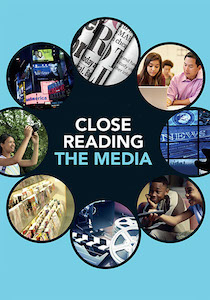 A photo of a starving child in an ad. A sad looking dog shown in a cage at an animal shelter. That Hallmark commercial that touches your heart. What do they all have in common? They’re all designed to appeal to our emotions.
A photo of a starving child in an ad. A sad looking dog shown in a cage at an animal shelter. That Hallmark commercial that touches your heart. What do they all have in common? They’re all designed to appeal to our emotions.
What role does emotion play in media messages, and how can educators help students recognize this powerful force?
That’s the question I sought to answer as I began researching this topic for this latest media literacy column.
The ad industry now identifies four key human emotions: happy, sad, afraid/surprised and angry/disgusted. (Keep these in mind as you consider helping students connect an emotion with a particular message.)
Unruly, which ranks the most viral ads each year, found that the most-shared ads of 2015 relied heavily on emotional content, specifically friendship, inspiration, warmth, and happiness.
One of my favorite media literacy questions comes into play here: What techniques do media producers employ in order to make a message credible or believable?
Techniques involve everything from camera angles to color, to music, to the actors’ expressions, to editing and so much more. Do your students understand these media techniques? Would they recognize them if they saw them?
Emotion in Political Advertising
Earlier this month, House Minority Leader Nancy Pelosi admitted that Donald Trump resonated better with the voters than Hillary Clinton leading up to the November 2016 election. “He had the emotional connection,” she said in this Washington Post story, adding, “and that always is an advantage in the campaign.”
In his book The Political Brain author Drew Weston confirms “the data from political science are crystal clear: people vote for the candidate who elicits the right feelings, not the candidate who presents the best arguments.” In a 2007 interview, Watson made the case that one political party communicates better than the rest: “Republicans understand that you have to talk to people about their values first or make an emotionally compelling case for them to be listening to you in the first place.” (Source)
By the way, none of this is new: Aristotle understood how those in power used emotions to sway people to one side or another.
In the 2004 race for the White House, the New York Times showed examples from both the Democrats and the Republicans to demonstrate how emotion was being used in their ads:
Resources:
- The website “The Living Room Candidate” is a good place to start. You can stream ads from presidential campaigns between 1952 and 2016.
- Book: Campaigning for Hearts and Minds: How Emotional Appeals in Political Ads Work
Emotion in Advertising
Making the emotional connection with consumers plays a major role in advertising, according to a new study by the BBC: “The Science Of Engagement.” The study helps guide advertisers so that they can increase brand engagement by using emotional appeals to make the buying public feel good about a product.
Some of the recent Super Bowl commercials certainly resonated with viewers. In the industry trade publication Advertising Age, Jared Feldman, CEO of Canvs, a technology platform created to measure and interpret emotions, examined four spots from the February 2017 big game that had emotional impact, including the widely discussed “84 Lumber” immigration ad. (All of the ads from the 2017 game are streamed here.)
Want to know more about emotions and advertising? Consider having your students read these two articles: How Brands Use Feelings To Get People to Buy and How Emotions Influence What We Buy.
Fear as a Persuader
In many presidential campaign ads, fear has been used as a powerful persuasive technique. Do you know about Lyndon Johnson’s “Daisy” ad against opponent Barry Goldwater? A little girl is shown counting up as she pulls petals from a flower, then an military-sounding voice begins a countdown. As Johnson’s voice hints that a Republican win could mean all-out war, the viewer sees several nuclear explosions. (The ad was broadcast only once by the campaign, as Goldwater complained to the White House, but it has lived on in political ad history and online.)
Polls taken after the ad aired (and was re-broadcast by news organizations) confirmed that Americans feared that if Goldwater were elected, he would be more likely to get the US involved in a nuclear war. (Source)
Since the Daisy ad, fear has become commonplace in presidential advertising. Alternet.org has highlighted some of the most memorable fear-invoking ads, streamed in this 2015 article, including “Willie Horton” (George W. Bush), “Teach Your Parents” (Walter Mondale), and Hillary Clinton’s “3 AM Call.”
Would your students recognize fear as one of the most powerful of the media techniques? We can also find fear in product advertising. Good examples are home security-oriented commercials for ADT, Brinks, etc. or the famous (and much parodied) “I’ve fallen and I can’t get up” ad from medical alarm company LifeCall. Often, public service announcements also use fear, like the famous “This is your brain on drugs” ad.
Helping Students Recognize Media Languages
In my workshops I always introduce and explain the “language of the moving image” which I define as both the tools and techniques which imply and convey meaning. For example, how and where a photographer positions a camera is as important as the subject itself. I have written about the importance of teaching visual literacy in previous media literacy articles.
It would be beneficial for your students to recognize and understand each of these techniques and how they work in TV and film. Let me offer a sample activity using a TV commercial from the 1990s. You may think of other examples from your own TV watching that are discoverable on YouTube.
Activity: Here is a commercial for cell phones: it shows a woman stranded on the side of the road at night “in the middle of nowhere” because her car has broken down. It uses almost every one of the “languages of moving images,” and the activity that follows helps students identify them. You may need to let them know that it’s a commercial from the 1990s, when most people didn’t have cellphones.
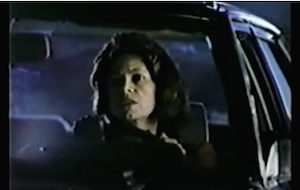
Then, before playing it a second time (this time with their eyes open), ask them to consider the question: other than a product (cell phones), what else is being sold? Play the spot again and survey them about what else may be sold. (They may not get it, but the answer is fear.)
How is fear shown in the ad? Consider the setting, the camera angles, the lighting, the facial expression, the suspenseful music, the narrator’s tone, the sound effects and more – all of these are the languages of the moving image.
The Emotional Role of Music
One cannot overestimate the role music plays in media productions. Movie makers, for example, carefully chose a musical collaborator – someone who can create the right music for the right mood or scene.

Those who study music know, for example, that major chords and notes can connote happiness, while minor notes/chords can promote stressful or sad feelings.
Activity: Here are a few examples of emotional music. These are brief YouTube productions, with no images – simply music for your students to listen to and then discuss what they think the music conveys.
Poll your students on music they might recall from a favorite film or two. What was on the screen while the music was playing? How did that music make them feel?
Resources:
- How Film Scores Play With Our Brains (video)
- Emotion and the Film Scores
- The Undeniable Impact of Music in Film
- Advertising and Color Use: How It Affects Our Emotions by Caryl Cathou
Activity: Locating Emotion in Print Ads
► Ask students to locate a static ad from a magazine, newspaper or online site that demonstrates emotion. (The Ad Council website PSACentral has downloadable print ads from many of its campaigns.) What techniques do print ad producers use to convey sadness, happiness, anger, excitement, fear and more?

► Then ask them to choose a product or service and create a print or digital ad or a commercial using one of the emotional techniques of persuasion. You’ll find some tips in this article at the Center for Digital Education. Digital ads are often made in a “slider” format. (Here’s a simple example.) Students might make three slides that run/loop in sequence.
Media literacy education is more important than ever. Engaging students in a close reading analysis and deconstruction of media texts (ads, TV, film) is just one more way to demonstrate that educators value popular culture and recognize its role in creating 21st century critical thinkers and learners.
Additional Resources
• Georgia Tech study: The more emotional a tweet, the higher the credibility rating (March 2017)



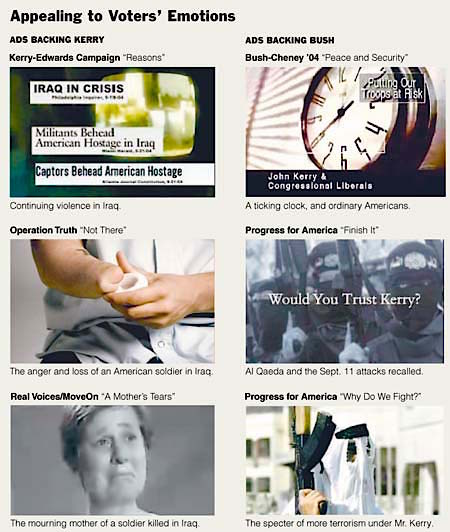
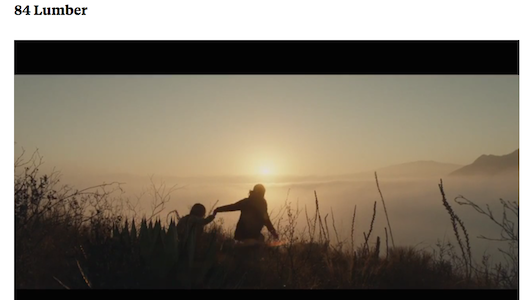

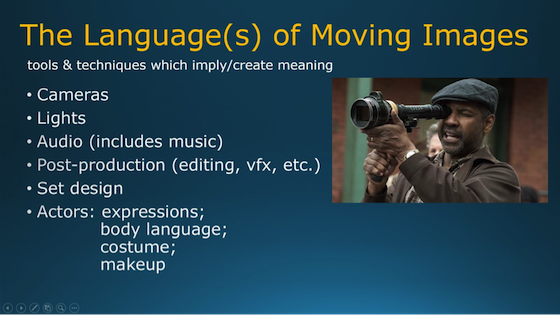


































Good article. Even if we are persuaded to buy or give money or vote a certain way, it is so important to know how we got to our opinion or decision.
Thanks Frank. Given how much visual media students consume these days, critical consumption is a very important skill for them to develop. Perhaps the growing popularity of social and emotional learning (SEL) programs might also help more of our student to become acutely aware of how advertisers and other media creators attempt to manipulate their emotions.